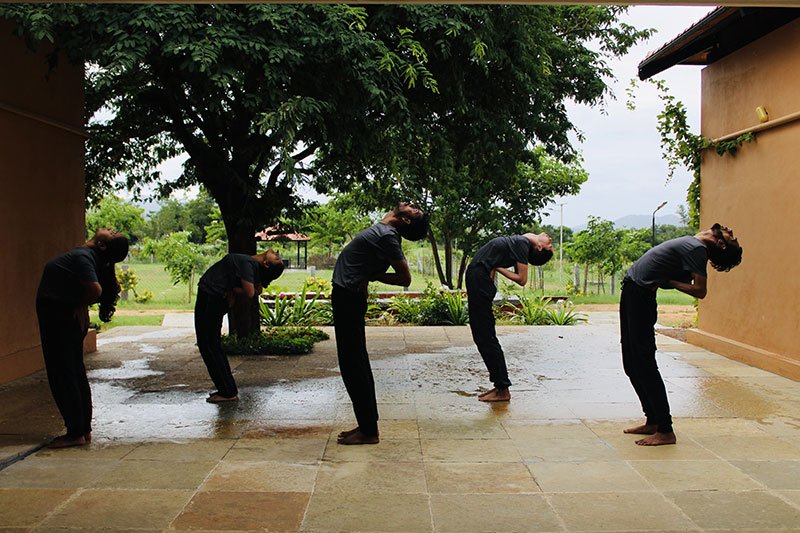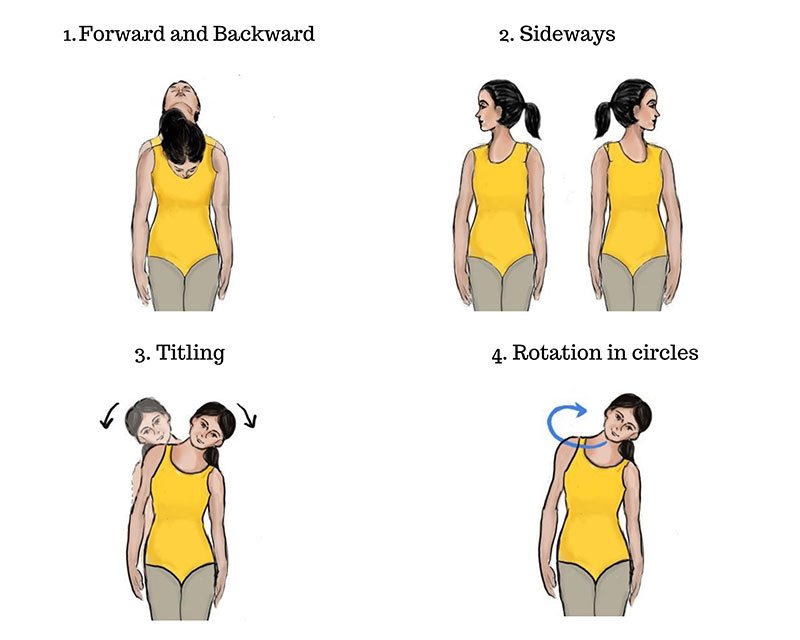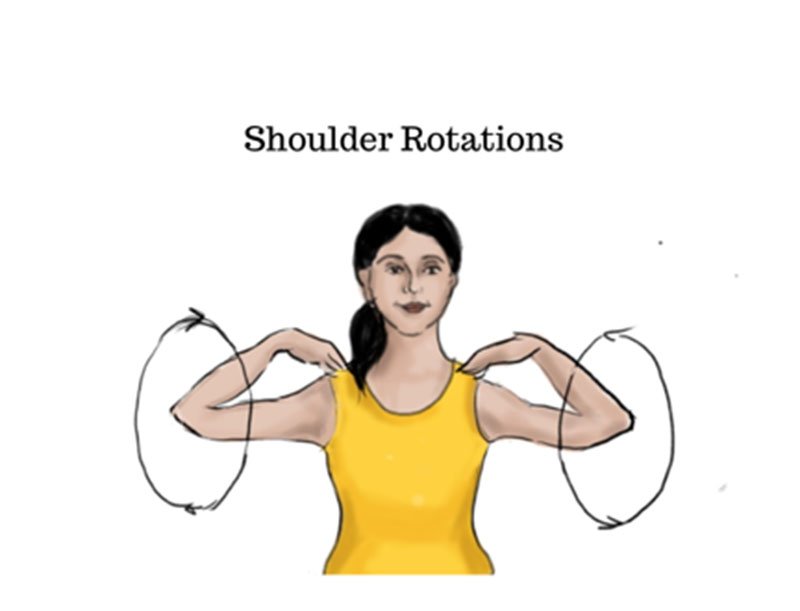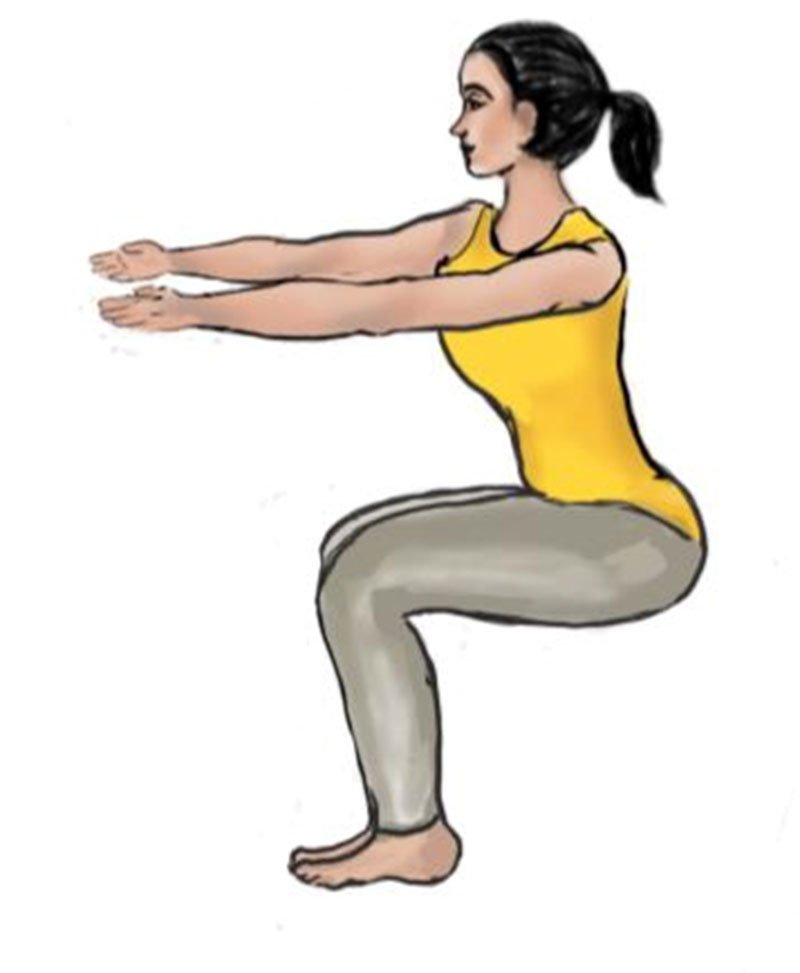
The practice of Asanas makes the body flexible and supple. However, before you jump directly into performing beautiful-looking but complicated Asanas, let us understand what Yogic warm ups or Sukshma Vyayamas are, and why they are important.
Sukshma Vyayamas
Yogic Sukshma Vyayamas, also known as Yogic Micro Exercises, are a series of simple and gentle movements performed in yoga practice. “Sukshma” means subtle or minute, and “vyayama” refers to exercise or physical practice. These exercises help warm up the muscles, joints, and connective tissues and increase blood circulation in the body. They are typically performed at the beginning of a yoga session to ready the body for more intense postures (asanas) and breathing techniques (pranayama).
Most of these exercises are simple, and can therefore be performed by almost anyone irrespective of their age or body type. These can be practiced anywhere, making them a convenient choice to keep your body and mind healthy. Exercises like the neck and shoulder movements can be performed even at your workplace if your job requires you to sit in place for several hours continuously.
Many practitioners perform only these exercises for a length of time before they begin practicing Asanas.
While performing Yogic Sukshma Vyayamas it is important that you do it with awareness of the breath and body, focusing on smooth and controlled movements, without forcing or straining the body.
Do It Yourself
While performing these please listen to your body and do not overexert yourself. Remember to breathe normally without holding your breath during these exercises.
A simple routine of Yogic Sukshma Vyayamas is shared below.
- Ankle and Wrist Movements: Sit comfortably and rotate your ankles and wrists in clockwise and counterclockwise directions. Repeat 5 counts for each movement. These movements enhance flexibility and strengthen the joints.
- Neck Movements:
Stand with your feet hip width apart, keeping your spine and neck erect. Slowly and gently move your head in different directions, including
- Forward and backward– Tilt your head back with an inhalation and bend it forward with an exhalation.
- Sideways- Move your head from right to left and back.
- Titling-You can also tilt your head from one side to another.
- Rotating in circles- Rotate your head from right to left and then from left to right.If possible synchronize this movement with your breath.
- Repeat each of these movements for 5 counts.
This helps release tension in the neck and improves flexibility.

- Shoulder Rotations: Stand with your feet hip-width apart, place your fingertips on your shoulders and thus make circles with your arms in clockwise and anticlockwise direction. Repeat for 5 counts in each direction.This exercise loosens up the shoulder joints and improves mobility.

- Spinal Bends and Twists: Stand erect and gently move your spine in the following directions:
- Bending backwards and forward– Stand with feet slightly more than hip-width apart, support your lower back with your palms. Bend back and forward with gentle breathing.
- Bending sideways- Stand with feet hip width apart. Keep your arms relaxed on either side. Bend laterally towards the right and left side.
- Twisting the spine– Keep your hands on your waist and twist from right to left and back.
- Repeat each movement for a minimum of 5 counts.

Spinal twists increase spinal mobility and stimulate the digestive system.
- Knee and hip movements: Stand with feet hip-width apart, stretch your hand in front, parallel to the floor. With an exhalation, lower your body till your thighs are parallel to the floor. Keep your back as straight as possible.With an inhalation come back to the standing position. Repeat this movement for 5 to 7 counts. Gradually, you may also hold the squatting position for 5 counts. These movements strengthen the thigh muscles,increase circulation in legs and improve the flexibility of the knee and hip joints.

In the end lie down and with an inhalation tense your whole body and with an exhalation relax. Repeat this exercise for two more rounds and finally relax in Shavasana.
You can also practice a few minutes of breathing awareness or the watching of your inhalation or exhalation and complete the practice by sitting down quietly for some time.
These exercises help prepare the body and mind for deeper yogic practices, promoting overall well-being. The practice of Sukshma Vyayamas is taught at the beginning of all our online and residential courses to prepare the practitioners for advanced postures.

